After our beach-intensive stop in Pensacola, we headed further east, skimming the southern edge of Florida’s panhandle along scenic Highway 98. We had not previously visited very much of the panhandle and it was fascinating to see the variety of different communities strung along the lovely coastline. The panhandle beachfront has everything from modest little towns to cheesy tourist traps like Panama City to the upscale community of Destin, which features multiple golf courses and even a Whole Foods! There were also several state parks that looked attractive for future visits.
For us, the most interesting but heartbreaking place along Highway 98 was the area of Mexico Beach and Tyndall Air Force Base, since that was the landfall point for Category 5 Hurricane Michael in October 2018. The pine trees snapped like toothpicks and the wide swaths of flattened forest were expected after such a powerful storm. What was surprising to us was the large amount of debris, damaged homes, and seemingly recent signs of destruction. Everywhere we looked we saw structures with open wounds that were not being addressed. The hurricane hit in October 2018, 15 months ago, but from the debris and lack of repairs we could have easily been convinced that landfall was a mere three months ago. From chatting with locals we understand that many owners are embroiled in disputes over insurance coverage, which is holding up reconstruction. In any case, it will take a long time for this area to rebuild its housing stock and return to any semblance of normalcy. It’s painful to see the remains of a once-charming seaside town and think about all the lives that have been totally disrupted, but as with the destruction of the natural environment we try to be philosophical and see it as an opportunity for renewal.
Our destination was St. George Island, one of four barrier islands that surround Apalachicola Bay at the end of the quasi-peninsula projecting south from the Florida panhandle. Only two of the barrier islands have roads and all of them contain large areas of protected lands. We really enjoyed our time on the Forgotten Coast during our first visit to St. George Island State Park shortly after we first hit the road in early 2018, and on this return visit we fell a little more in love. This place has it all, including…..
A Pristine Environment
The beaches of Florida’s Gulf Coast are known for their sugary white sand and clear waters, and just like in Pensacola the beaches at St. George lived up to their reputation. Our frequent beach walks in the state park found us ambling down wide, flat beaches with virtually no other people in sight. We had some cloudy, foggy, and rainy days, but at times those clouds were the canvas for the sun to paint dramatic colors.
The sights are just as interesting when heading inland. The state park has a very nice upland trail (the trail is about 5 miles out and back, depending on how far one wanders past the primitive campsites) through pine flatlands. I would have liked this trail a lot more if I had realized before heading out that I had a large blister-inducing hole in the bottom of one sock, but it was still nice to stroll through the pines and emerge onto an open water vista on the bay side of the island. Heading on to the mainland, the Apalachicola River has a wide, grassy delta which we were able to experience by walking the short but scenic Scipio Creek Boardwalk, part of the Great Florida Birding Trail.
We also learned more about the ecology of the area by heading to the Apalachicola National Estuarine Research Reserve. This federal property is one of 29 national estuary research centers, and the visitor center does everything possible to celebrate the Apalachicola-Chattahoochee-Flint watershed. There is a film. There are historical displays. There are maps, graphs, and photos galore. There are even tanks with live animals. Estuaries are critical for marine health, since they are the places where land-based nutrients generated by plants and animals enter the water and become available for marine species. There is one reason that estuaries serve as nurseries for the young of countless marine species: those critter babies like their food as much as I do. The script of the introductory film constantly used the word “productive” to describe Apalachicola Bay, but it’s hard to argue with the numbers. Ninety percent of the annual Florida oyster harvest comes from this bay, and the local fishing industry also harvests immense quantities of Gulf shrimp, blue crab, and various finfish. The Apalachicola River Basin is one of the six most biodiverse regions of the United States. ANERR is always carrying out many different types of research on the estuary, including several cool projects led by citizen scientists like one measuring levels of microplastics in the water, and also sponsors hands-on education activities with local schools. I know that environmental field trips in grade school were really impactful in developing my own appreciation for the natural world, so it’s marvelous to see ANERR helping local kids in the same way.
As we learned at the ANERR visitor center, one thing that helps keep the estuary healthy is the large amount of protected land in the immediate vicinity. Coastal ecosystems are preserved in places like the St. Vincent Wildlife Refuge (an entire undeveloped barrier island where endangered red foxes breed!), St. George Island State Park, and Bald Point State Park. The core protections for the river come through the state-owned Apalachicola River Wildlife and Environmental Area and the Apalachicola River Water Management Area. Inland, the Apalachicola National Forest and Tate’s Hell State Forest cover over 800,000 acres of land. All of that undeveloped land provides a home for a wealth of different plants, reptiles, birds, and mammals. The lack of development also means that this little corner of Florida has some of the state’s darkest skies, a precious resource that is hard to come by in this very populous state. We had the chance to appreciate this directly from our campsite when the campground lost power for a few hours one evening. Just removing the light pollution from the lights on the outside of the bathhouses showed us clearly that we were camped beneath the stars.
Interesting History
Situated on a bluff at the mouth of the Apalachicola River, the quaint town of Apalachicola boasts almost two hundred years of contemporary history since its incorporation in 1827. On our last visit we enjoyed visiting several state historic sites in town. The Orman House is a beautifully restored example of early 19th century southern architecture, while the Gorrie Museum explains the genius of Dr. John Gorrie, the inventor of air conditioning. It’s no accident that a statue of Dr. Gorrie is one of Florida’s two submissions to Statuary Hall in the U.S. Capitol. This time, we hoped to visit the Apalachicola Maritime Museum, but it was closed for post-hurricane repairs.
We were, however, able to see the Cape St. George Lighthouse. There has been a light on St. George Island since 1833, but in multiple iterations. The initial light was placed at the western tip of the island near the channel from the gulf to the bay, but was not visible to ships approaching from the northeast, so it was disassembled and moved to the southern-most point of the island. That version of the lighthouse was toppled by a hurricane in 1851, but the bricks were retrieved to create a new light on slightly higher ground. That lighthouse was undermined by Hurricanes Opel and Georges, before collapsing in 2005. A phalanx of volunteers retrieved the bricks from the sea and painstakingly cleaned them. Over 20,000 of those original bricks were used to create the current version of the lighthouse, which opened in 2008 and is now the centerpiece of the entry to St. George Island and a fun place to climb even though it is no longer a functioning lighthouse (the light was decommissioned in 1994).
And Even Friends!
Even though Franklin County is the third least-populous county in the state of Florida, we actually know people with ties here. Fellow travelers and bloggers Laurel and Eric (AKA Raven and Chickadee) have visited the Apalachicola area every winter for years because her parents lived here after their retirement. This is a fantastic place to spend time in the winter, and being able to help out the parents as they aged while moochdocking in the driveway really worked well for several years. Unfortunately, as Laurel has detailed on her blog, her parents are no longer able to live on their own and have moved to assisted living. This year their visit will consist mostly of cleaning out closets and disposing of furniture, clothing, and other household goods. Having gone through the same process ourselves, we spent a lot of time commiserating about dealing with aging parents and life on the road, while sharing a lot of laughs.
We have mostly interacted with Raven and Chickadee online, and hanging out in person was a welcome change that added an “IRL” dimension to the friendship. Plus, we learned things. For instance, we learned that while they talk a good game about oyster roasting, their skills actually lie in the area of building a roaring fire that kept us toasty on a chilly evening….. which was not ideal for the oysters. It was great fun, but then again I don’t mind a heavy char on grilled food. 🙂 And their shrimp grilling was on point, with unbelievably delicious results (consumed too quickly for photos). A follow up meeting was in order, and even more fun was had taste testing at the excellent local brewery. We were pleased to find that the offerings at Oyster City Brewing have only gotten broader and better since our last visit. This was yet another reminder that we have met some truly awesome people on the road, and the only negative is that our interactions with fellow travelers are usually so brief.
During our stay we camped at the lovely St. George Island State Park. The beaches, the upland areas, the frequent wildlife sightings, and the well-maintained bathhouses were all just as we remembered from our visit two years ago, so needless to say we enjoyed the experience.
We think this area is really special and we are already planning a return visit in the winter of 2020-2021 for a longer stay. Next up: we start our trek down the long peninsula and head toward the Tampa Bay area.
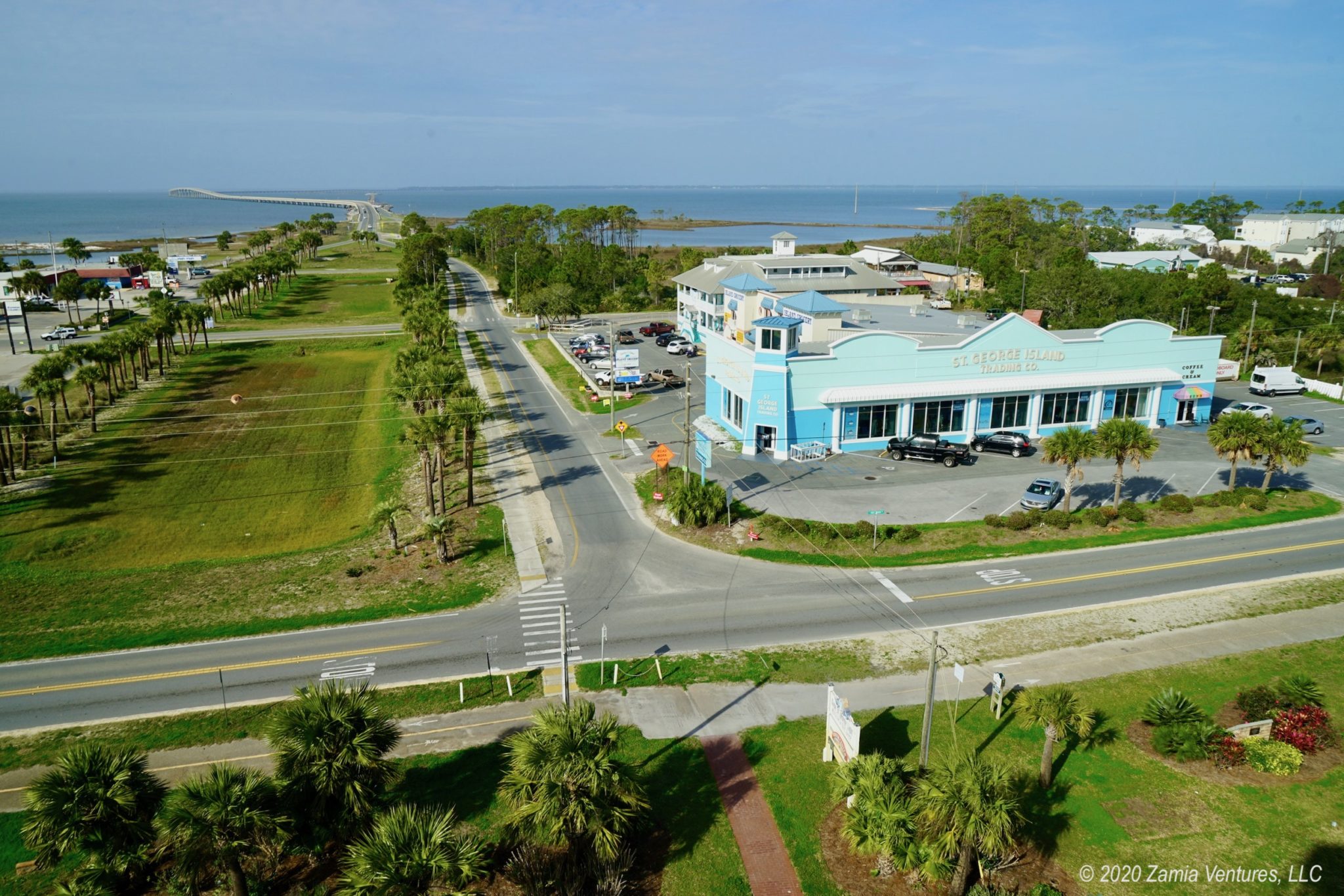
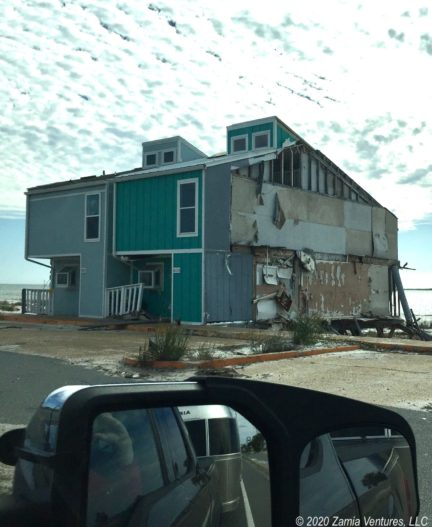
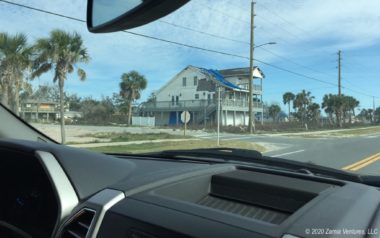
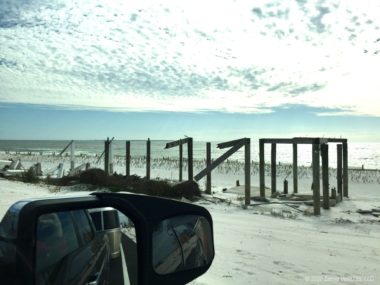
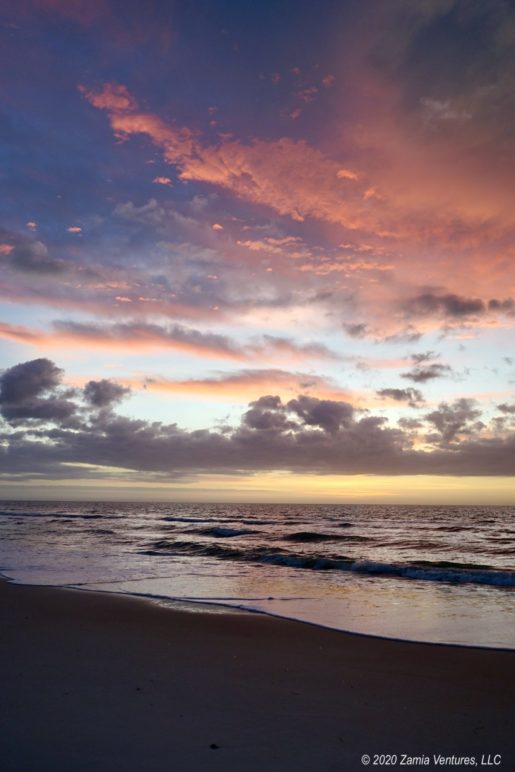
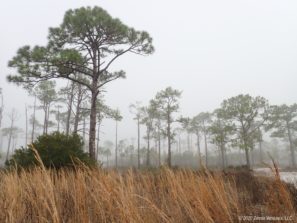
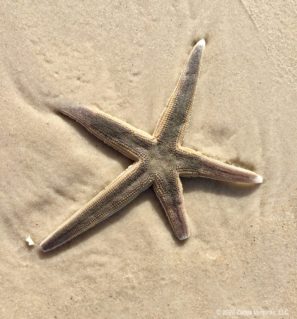
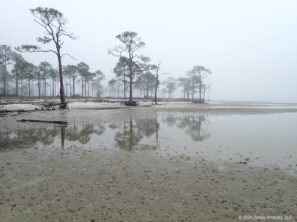
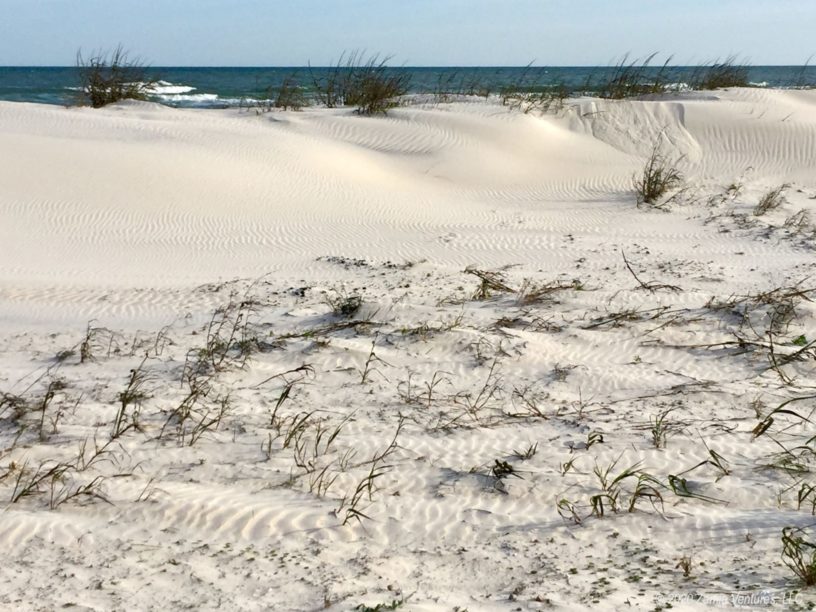
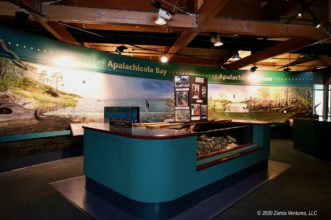
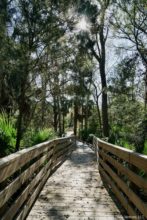
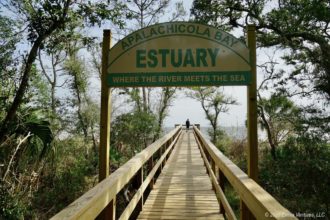
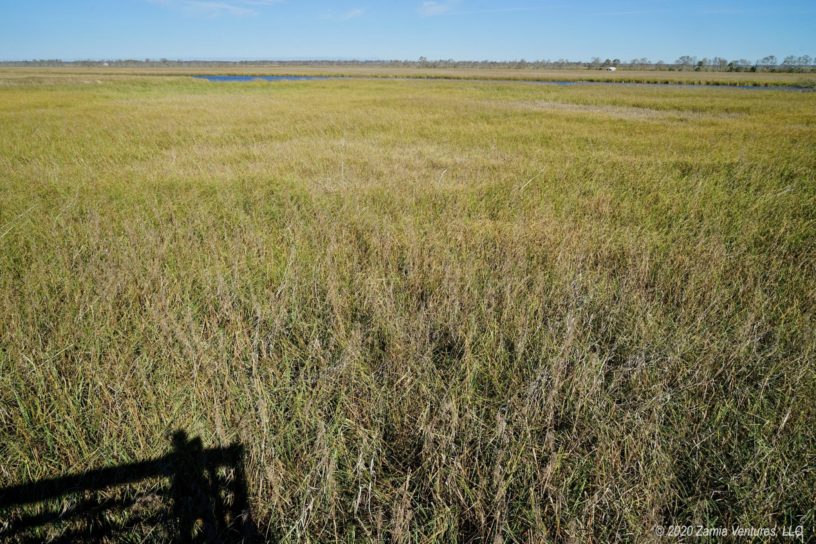
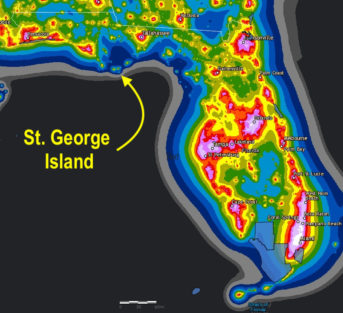
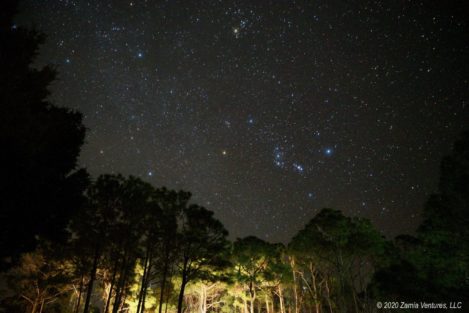
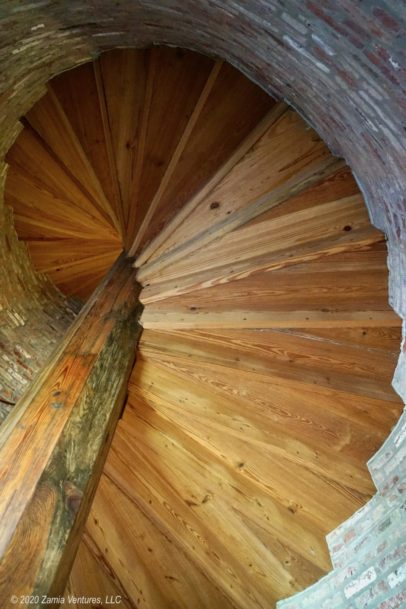
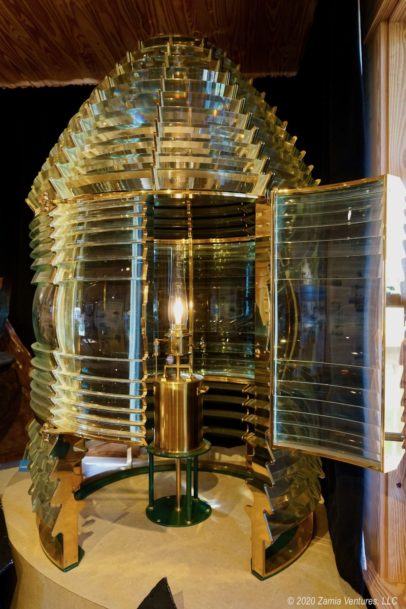
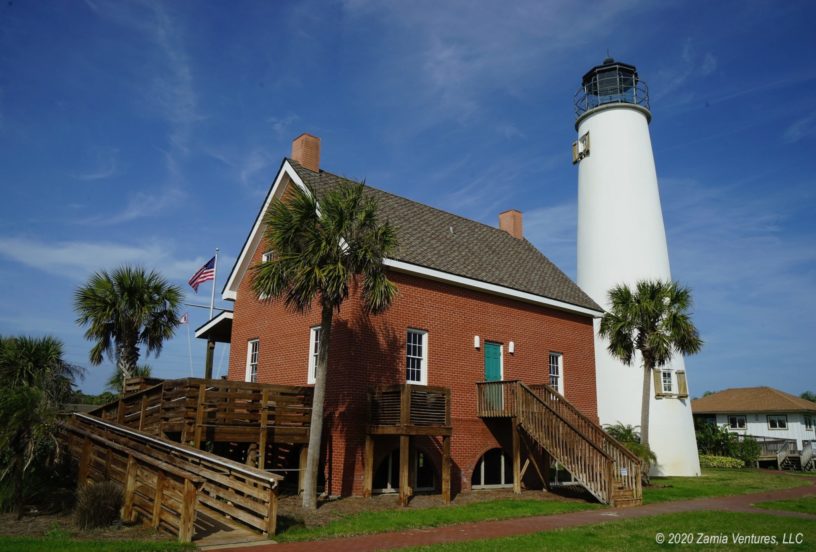
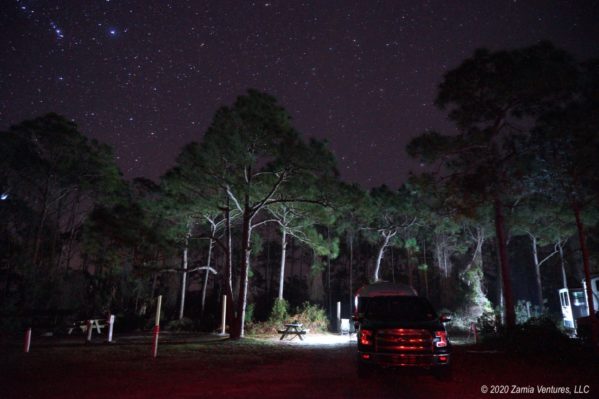
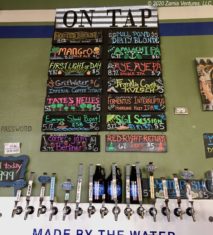
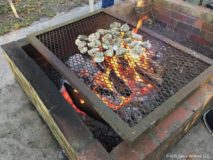
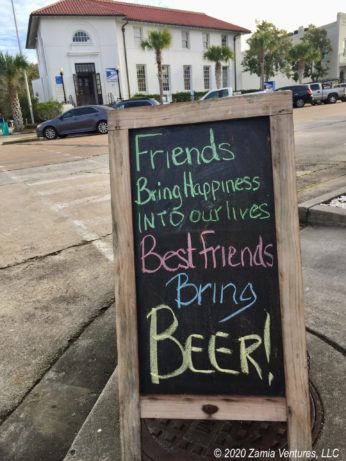
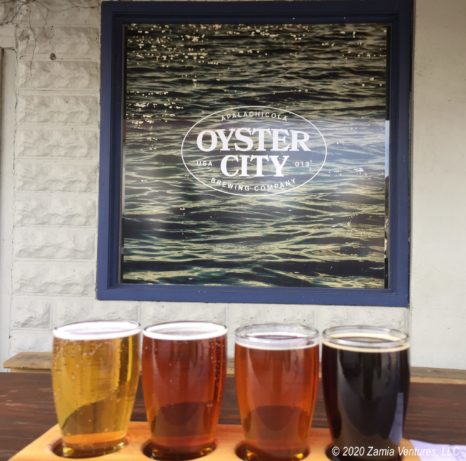
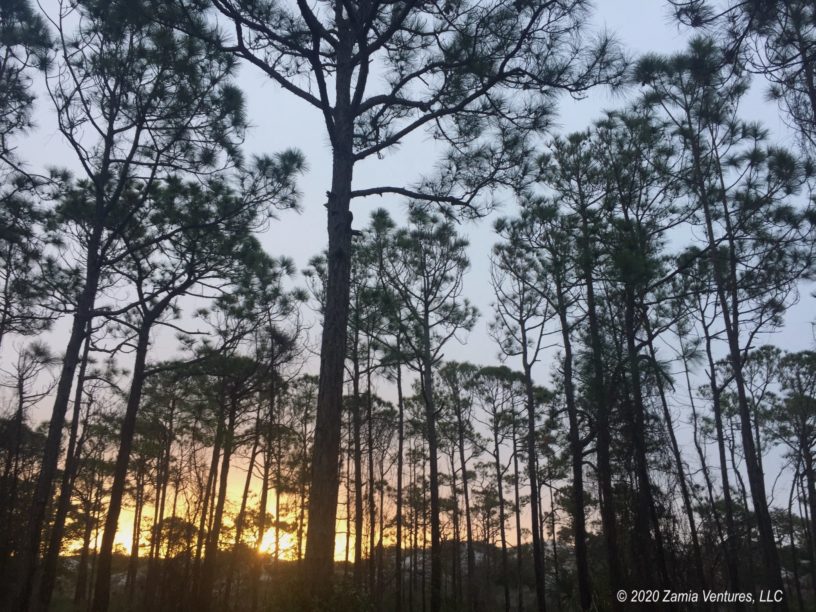
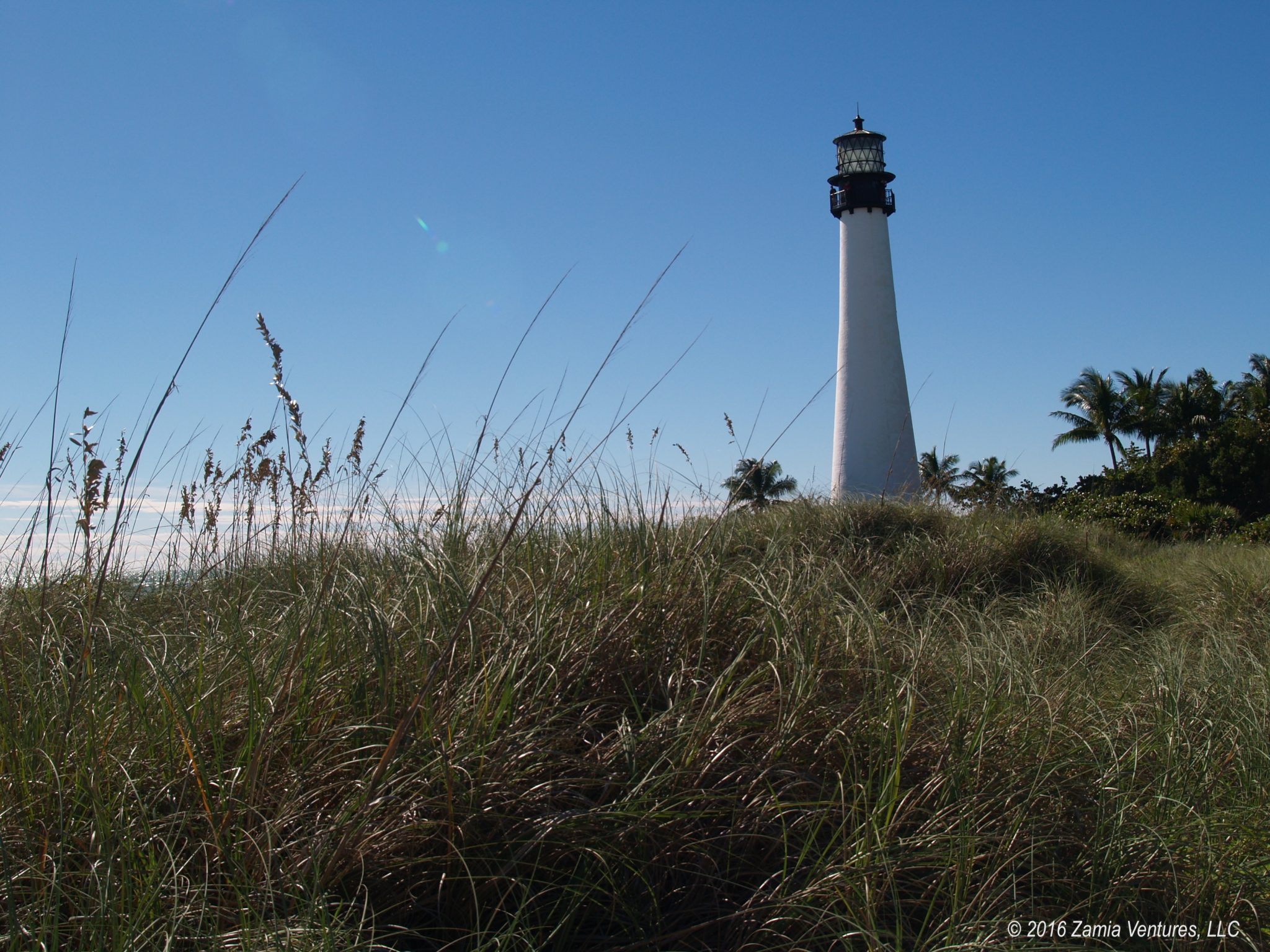
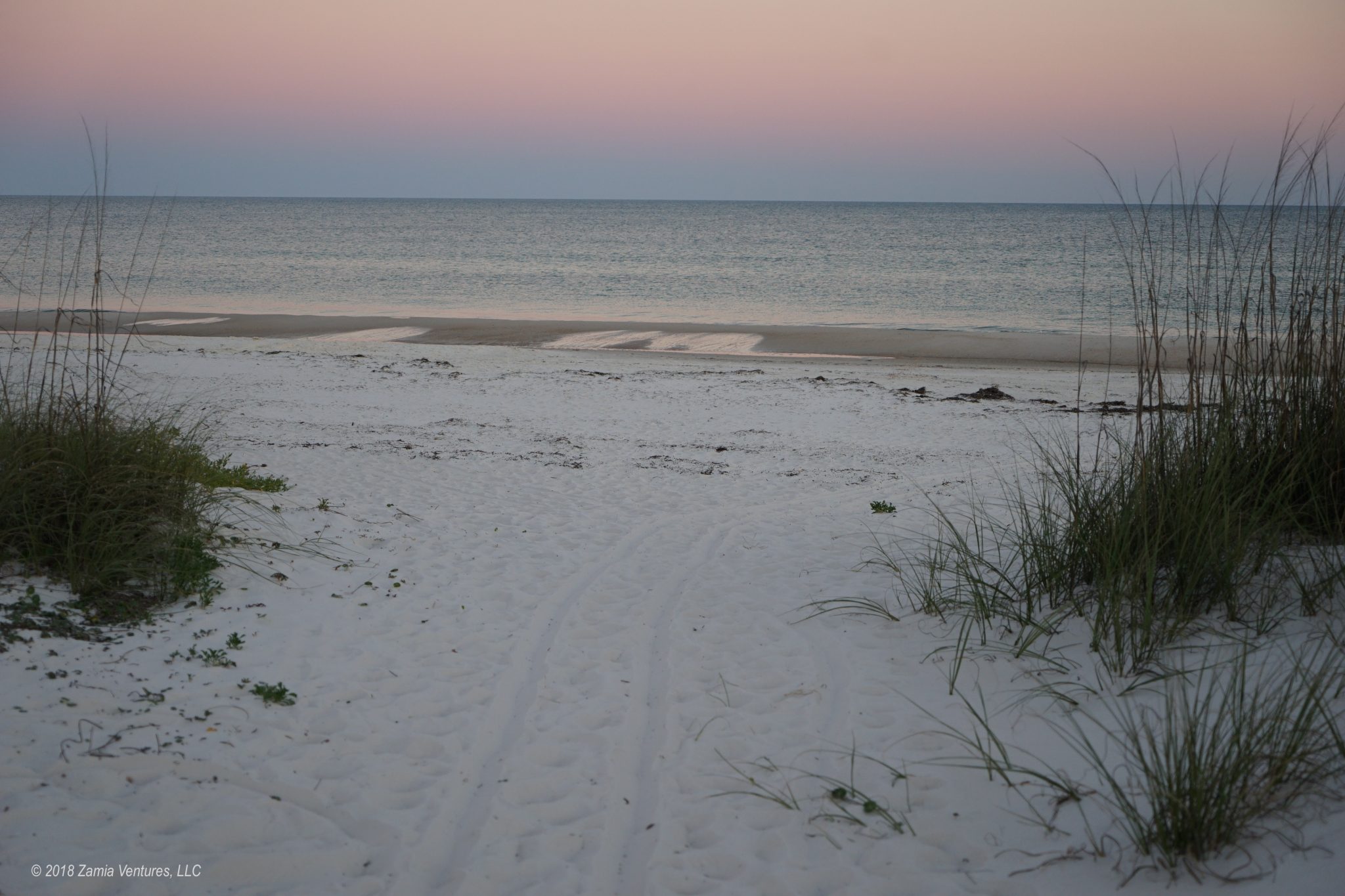
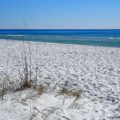
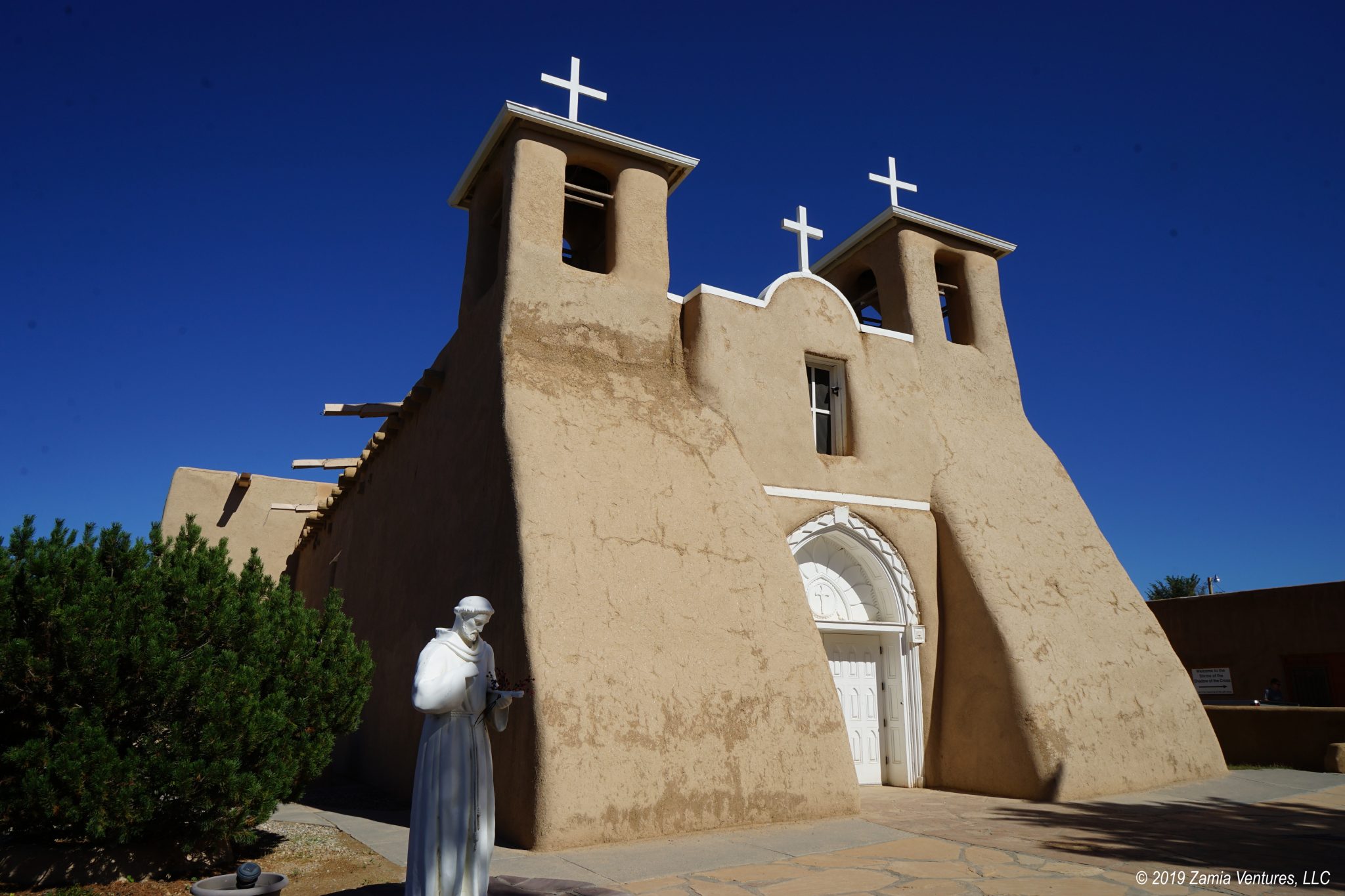
Well, that was fast! 😀
It’s hard to see that so much of the Gulf’s coastline still suffers from the hurricane damage. I like to think like you do, though, that it is the chance for re-growth and renewal. It’s an age-old cycle for sure.
The Gulf Coast, despite Mother Nature’s fury, is such a beautiful place. I have limited experience being there, and your photos and descriptions make me glad we’ll be through there next year.
What a treat to be able to meet up, not just once but twice, with our two favorite traveling birdies! Sorry they decimated the oysters, but hey, shrimp are way better anyhow, and you get a funny memory out of it. Friends are vital at certain times in our lives, and it warms my heart that you all could lighten the load together.
The striking thing to us is that with so much of the town destroyed, and with a relatively small number of builders/craftsmen in the area, it will take forever to rebuild. The Air Force base seems to be almost completely back to normal, but then again the federal government can bring a lot of resources to bear on a construction project and get it done quickly.
We have really been digging the Gulf, even though we have a home-ocean bias toward the Atlantic coast of Florida. I still don’t get how the Gulf is a summer destination — too hot for my taste — but in the winter it’s just about perfect.
We had such a great time with Laurel and Eric, especially because they are dealing with some big challenges right now. I hope we convinced them that, at a minimum, they will get through it and eventually be able to look back and laugh at it all.
It is tough, tough, tough to snag a site a St. George Island (ask me how I know…). You guys have had such a great run of campgrounds this winter. All the Florida State Parks are nice, but the ones along the coast just look fabulous! Speaking of which, I was looking at options for campgrounds on the panhandle a couple weeks back and saw numerous comments on Campendium about the various parks that have been forever changed by Hurricane Michael. And these were parks up by I-10. I can only imagine what places like Mexico Beach look like. It’s definitely sad when the resources aren’t there to rebuild and charming old towns just rot in the sun. 🙁
Of course, on the opposite side of the coin is a lighthouse that will never disappear due to the herculean efforts of a group of thoughtful citizens. Same goes for the efforts of ANERR. It provides a little hope to see progress and thoughtfulness against a background of so much bad environmental news.
Anyway, I’m glad you all got to hang out together! It’s always fun to spend real time with folks we feel we know so well because of our blogging community. It’s even better when you have these deep connections because of life experiences. Nothing makes a person feel better than knowing they’re not the only one who has faced something. I’m sure it was helpful just to vent and compare notes about all the craziness that comes along with aging parents.
Safe travels south. Hope to see you soon!
One of the interesting things about Florida hurricane damage is that it seems it is usually concentrated in two places: right at the spot of landfall, and 50-75 miles inland. The coastal damage makes sense because it’s hard to create buildings that can withstand the wind and water of a major storm, but inland people tend to have huge oak trees (that of course fall directly on roofs) and a general sense that hurricane damage can’t happen to them, so they don’t prepare by regularly trimming those huge trees. Again, people are interesting. But the scale of destruction at Mexico Beach is pretty extreme even for Florida, and was painful to see.
We really liked the obvious work of volunteers in this small community. Many of the nonprofits / historical sites / environmental sites are staffed by volunteers and they are enthusiastic about their subject. As you know, a passionate tour guide can make all the difference.
Hanging out with Laurel and Eric was definitely a highlight. The travel blogging community is great to interact with online, but meeting up in person is a special treat. It’s also easier to talk about hard things in person than on the internet, and easy to jump right into the real conversation because we don’t need to answer annoying questions like “What was your favorite national park?” 🙂
We share your love of this area, as you know! My dad has always said he hopes the “Forgotten Coast” remains forgotten, and we feel the same. It’s a magical combination of coastal beauty and small-town friendliness, and it’s changed remarkably little throughout my lifetime (well, except the Piggly Wiggly does have better offerings now, thankfully).
Meeting up with you guys was SO much fun, and we appreciate your encouragement for our task at hand as well as the many laughs we shared. It really helps to know we’re not alone!
Your observations about the lack of progress in recovering from the hurricane are accurate. We had dinner tonight with friends who have homes that suffered severe damage in the last hurricane—although they are heavily insured for both wind and water damage, the insurance companies refused to pay up. One friend paid $200,000 in repairs, the other $150,000. So all of the folks who can’t afford to put out that kind of money are stuck. It’s tragic.
P.S. We’re on for a do-over on those oysters next year, okay?
The small size and very clear identity of the towns in the area is really part of the attraction. Most Florida coastal towns are near the beach, but not really “beach towns” — instead they are indistinguishable from regular mainland suburbs. St. George is a standout in this regard, but we also love the history in Apalachicola and the overall vibe of the working waterfront (instead of luxury yachts like we experienced in much of South Florida). We are definitely torn about growth in the area. I wouldn’t complain about having a Publix, but I fear that the increase in population needed to support a Publix would change the character of the place.
Anyway, getting your insider perspective from your many happy childhood summers and, more recently, winters while RVing made us appreciate the area even more. I know your tasks ahead are hard, but believe us when we say they are do-able.
We talked quite a bit to folks on St. George, which was pretty unscathed and is more or less back in order now, about the hurricane damage and lack of repairs in Mexico Beach. Some people basically blamed the owners for invalidating their own insurance by making improvements that are not allowed in coastal construction, like enclosing a whole room on the lower level or adding an elevator shaft, which prevents storm surge from flowing around the piers as designed. On the other hand, that may be a little bit of jealousy speaking because I believe those beachfront homes in Mexico Beach have always commanded higher rental prices than on St. George. People are interesting. I think St. George basically lucked out by not getting a direct hit, and people there are patting themselves on the back about having the “right” type of roof and the “right” type of hurricane strapping on their roof trusses, when in reality there is not much you can do to combat a 15 foot storm surge.